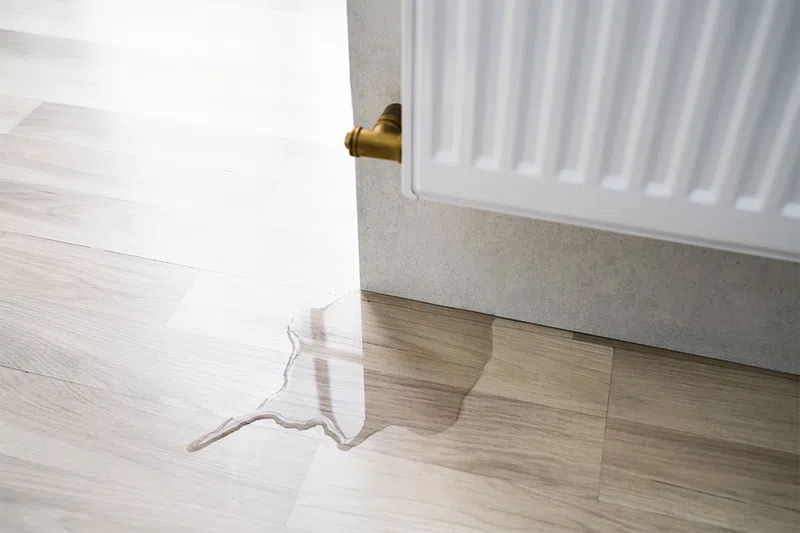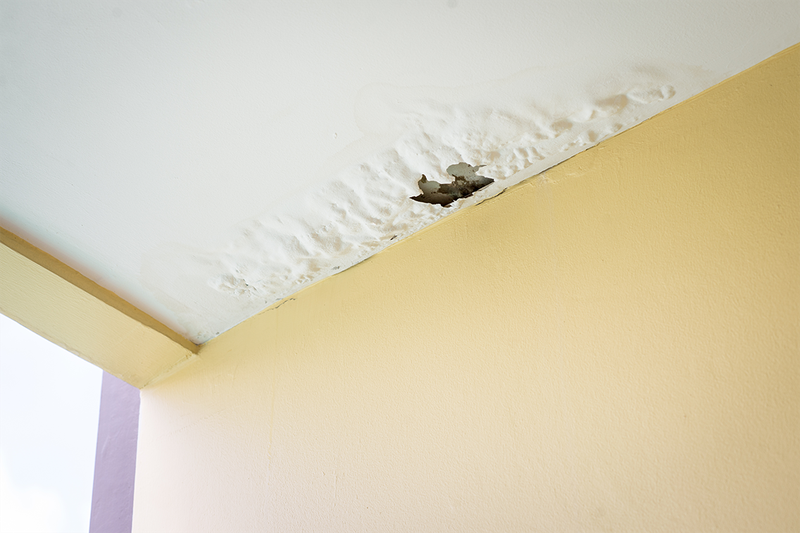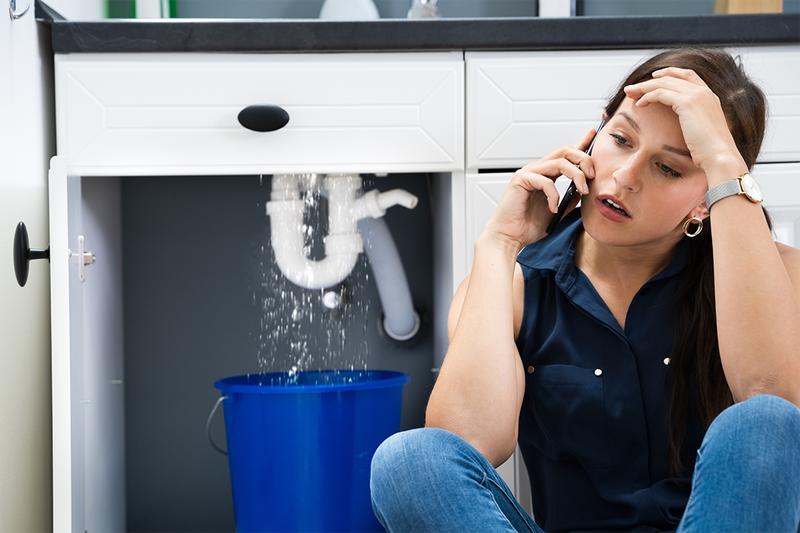Wear And Tear Vs Accidental Damage

When it comes to rental properties, it is crucial for both landlords and tenants to have a clear understanding of the difference between wear and tear and accidental damage. This knowledge can help avoid disputes over who is responsible for repairs and ensure that the property is well-maintained. In this article, we will delve into the concepts of wear and tear and accidental damage, discussing what is considered damage covered by most insurance policies and providing tips on how to avoid disputes related to the rental of properties.
What Is Wear and Tear?
Wear and tear are the normal and expected breakdown of a thing caused by age, use, and exposure to the elements. It's a natural process that happens over time and isn't caused by anything specific. Some examples of wear and tear include:
- Scratches, dents, and chips in paintwork, doors, and cupboards
- Loose doorknobs and hinges
- Faded or worn carpet and flooring
- Worn and stained upholstery
- Peeling paint on walls and ceilings
- Faded or discoloured curtains and blinds

Most of the time, it's the landlord's job to fix or replace things that have broken down over time. But the size of the repairs may depend on how long the tenant has lived there, how old the house is, and how it has been used. Tenants should tell their landlords about these problems as soon as possible to make sure they are fixed quickly and to avoid any possible damage or safety risks. Additionally, tenants should document the condition of the property upon moving in and before moving out to avoid any disputes over damages.
What Is Accidental Damage?
Accidental damage is caused by an unexpected and unintended event. It is not the result of normal use and is usually the result of an accident or human error. Some examples of accidental damage include:
- Large spills, stains, and tears in carpets and upholstery
- Broken windows and mirrors
- Damaged walls and doors caused by furniture or sports equipment
- Burns, cuts, and holes in flooring
- Flooding caused by a burst pipe or overflowing bathtub

Most insurance policies cover accidental damage, and tenants are usually responsible for fixing or replacing things that have been damaged in this way. But the amount of work that needs to be done may depend on the insurance policy and the type of damage. It is important for tenants to inform their landlord or property manager immediately after any accidental damage occurs to ensure that repairs can be made promptly. Additionally, tenants should take steps to prevent further damage, such as turning off the water supply in the event of a burst pipe or overflowing bathtub.
What Damage Is Covered by Insurance Policies for Rented Properties?
Many insurance policies typically offer coverage for accidental losses brought on by things like theft, fire, storms, and water damage. But it's best to check with your insurance company to be sure of the specific coverage they offer. Additionally, many insurance policies will cover vandalism-related damage, but it's crucial to understand how yours operates in this regard. It is important to know that insurance policies for rented properties may not cover damages caused by the tenant's negligence or intentional actions. Read your policy carefully and consider purchasing additional coverage if necessary.

How To Avoid Disputes Related to The Rent of Properties?
Set up regular inspections and read the insurance policy carefully to avoid arguments about the condition of your rental property. Make sure to check local regulations for the maximum number of inspections allowed per year. Clarify insurance coverage with tenants, so they understand what is and isn't covered. This can prevent misunderstandings and arguments in the future. Regular inspections can also help identify any necessary repairs or maintenance that can be addressed before they become larger and more expensive issues. Additionally, keeping detailed records of inspections and repairs can protect both landlords and tenants in the event of any legal disputes.
Conclusion
Most insurance policies will cover accidental damage, but it is important to check the specific policy for coverage. Understanding the difference between wear and tear and accidental damage is crucial in determining responsibilities for repairs and preventing disputes in rental properties. By being proactive and communicative, landlords and tenants can maintain a positive relationship and ensure that the property is well maintained.
At PRD, our experienced property managers are equipped to provide advice and property management services for landlords and renters. Get in contact with your local PRD property managers here.





